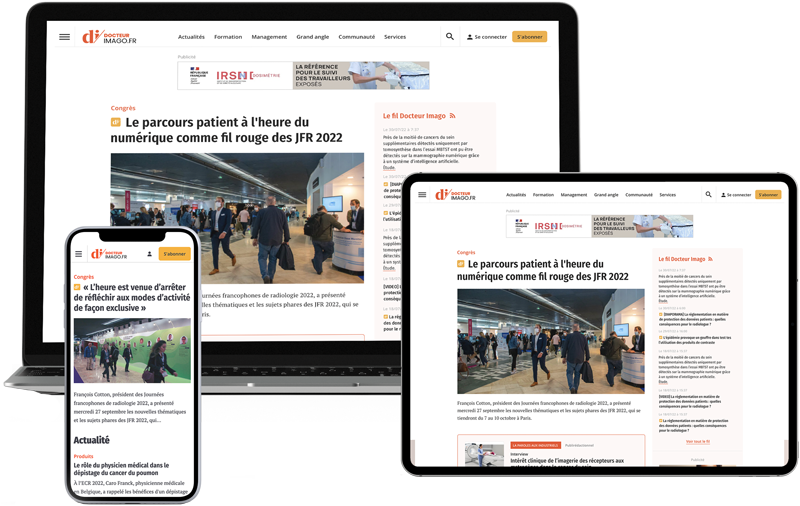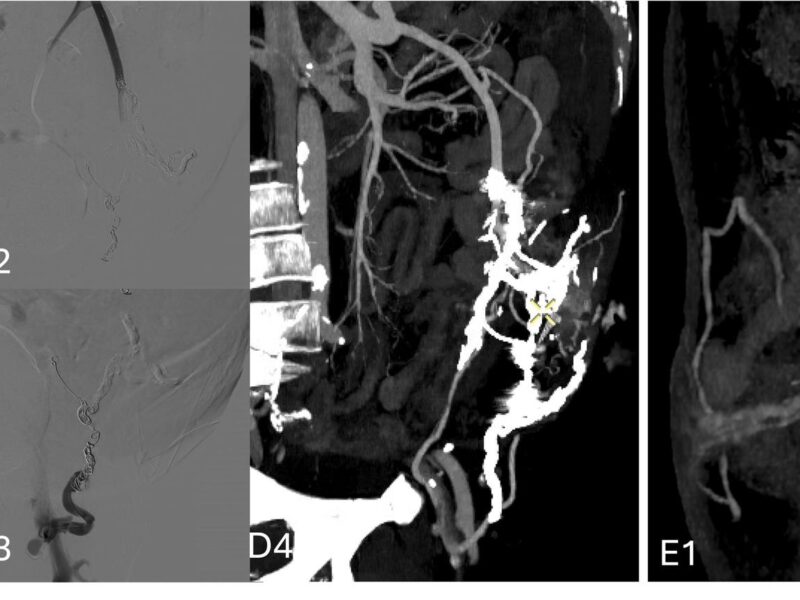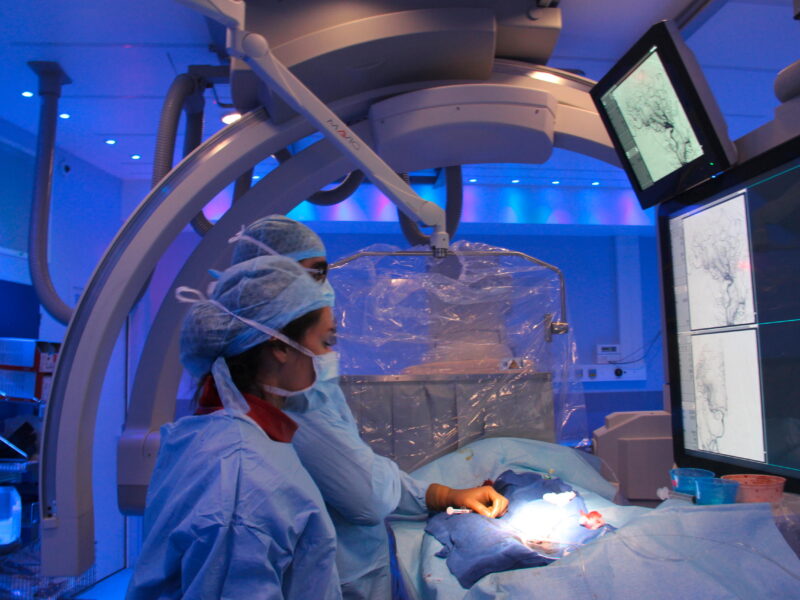Introduction : intelligence artificielle et radiologie interventionnelle
Computer vision et robotique vers l’autonomie au bloc
L’intelligence artificielle (IA) est déjà bien ancrée dans la pratique de la radiologie diagnostique. L’IA, issue du monde du gaming et des statistiques, a également de grandes chances d’impacter la radiologie interventionnelle.
Le radiologue interventionnel utilise l’image pour se guider et ses mains pour manipuler des dispositifs dans le patient. Ces deux facultés, l’une intellectuelle et l’autre manuelle, sont au cœur de multiples innovations. D’un côté la computer vision ou « compréhension » de l’image, de l’autre la robotique. En alliant les deux, nous pouvons imaginer approcher l’autonomie au bloc où l’humain n’aura pas tout à fait le même rôle.
L’IA s’installe en interventionnel pour le diagnostic
La computer vision est la branche des statistiques qui s’intéresse à la « compréhension » de l’image. En réalité, les termes « compréhension » ou « intelligence » f












Discussion
Aucun commentaire
Commenter cet article